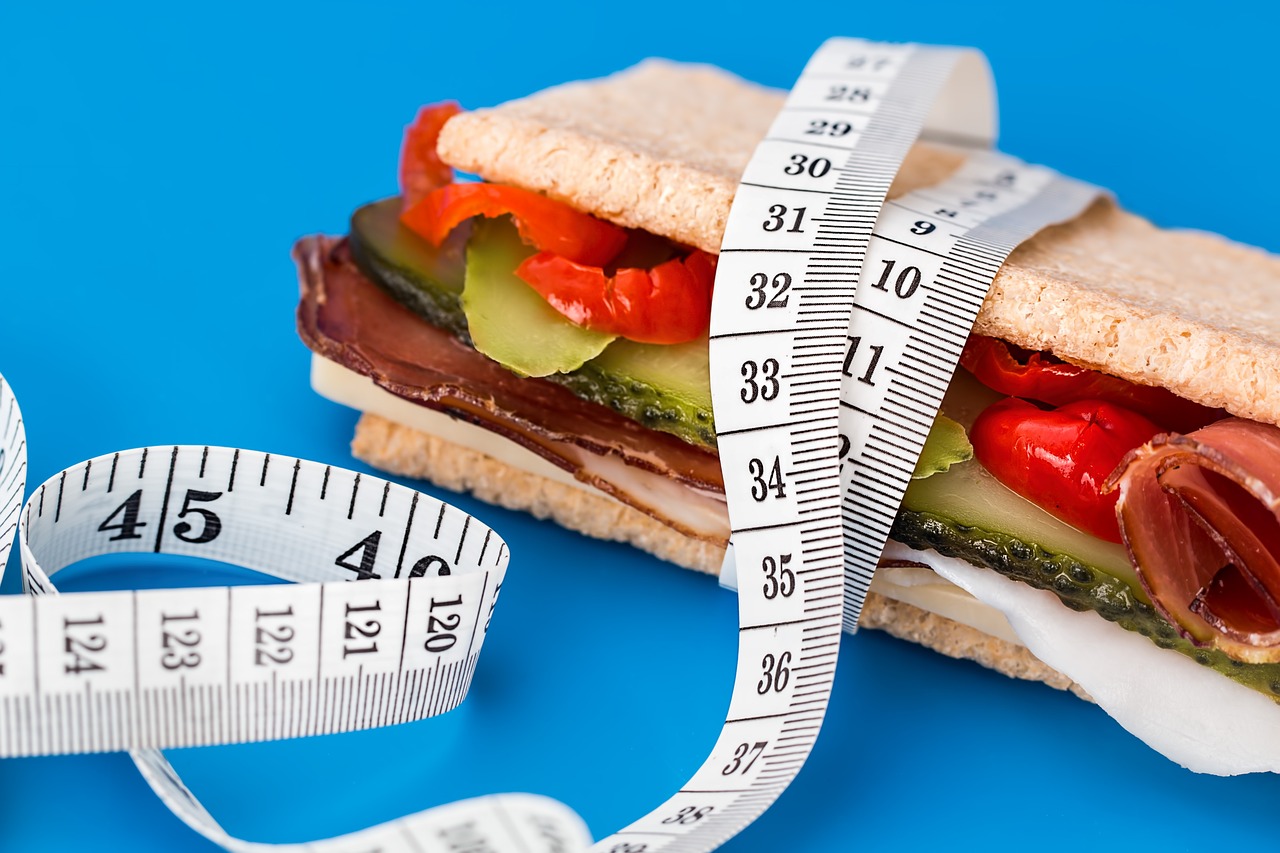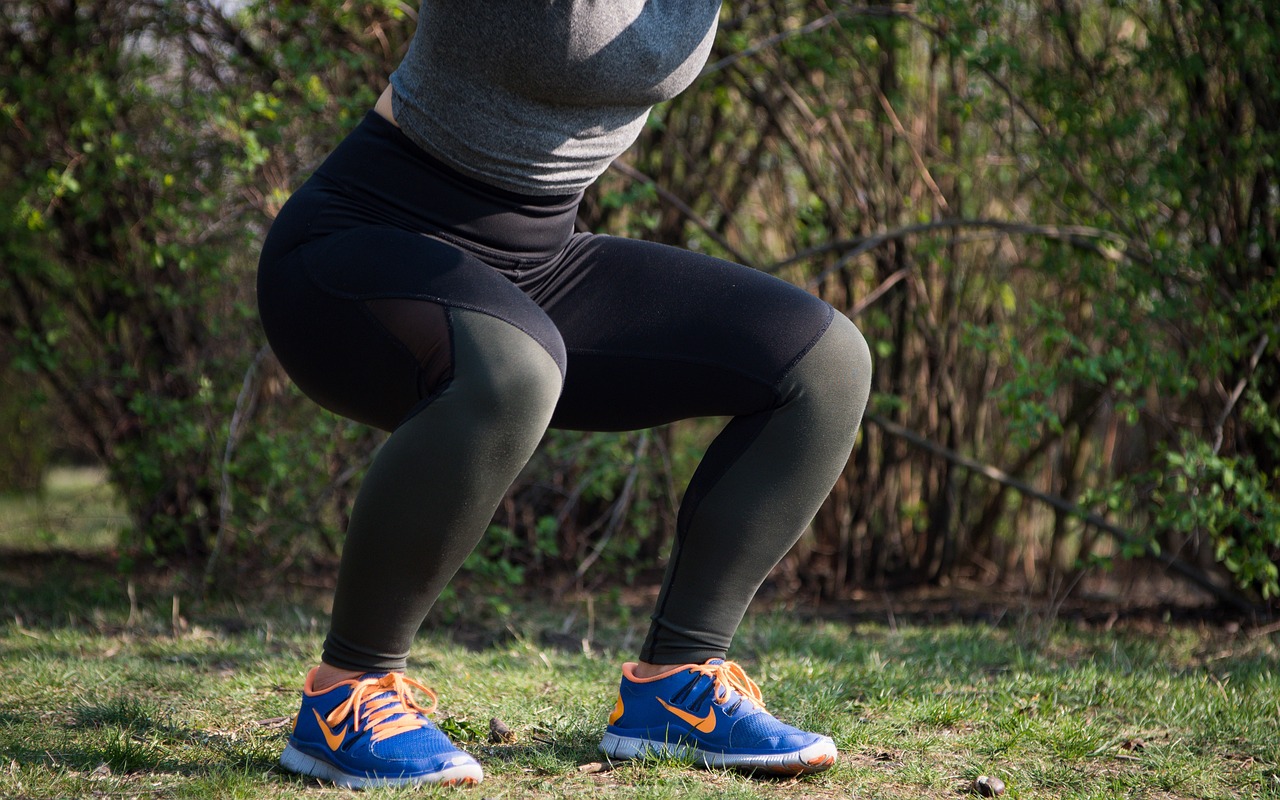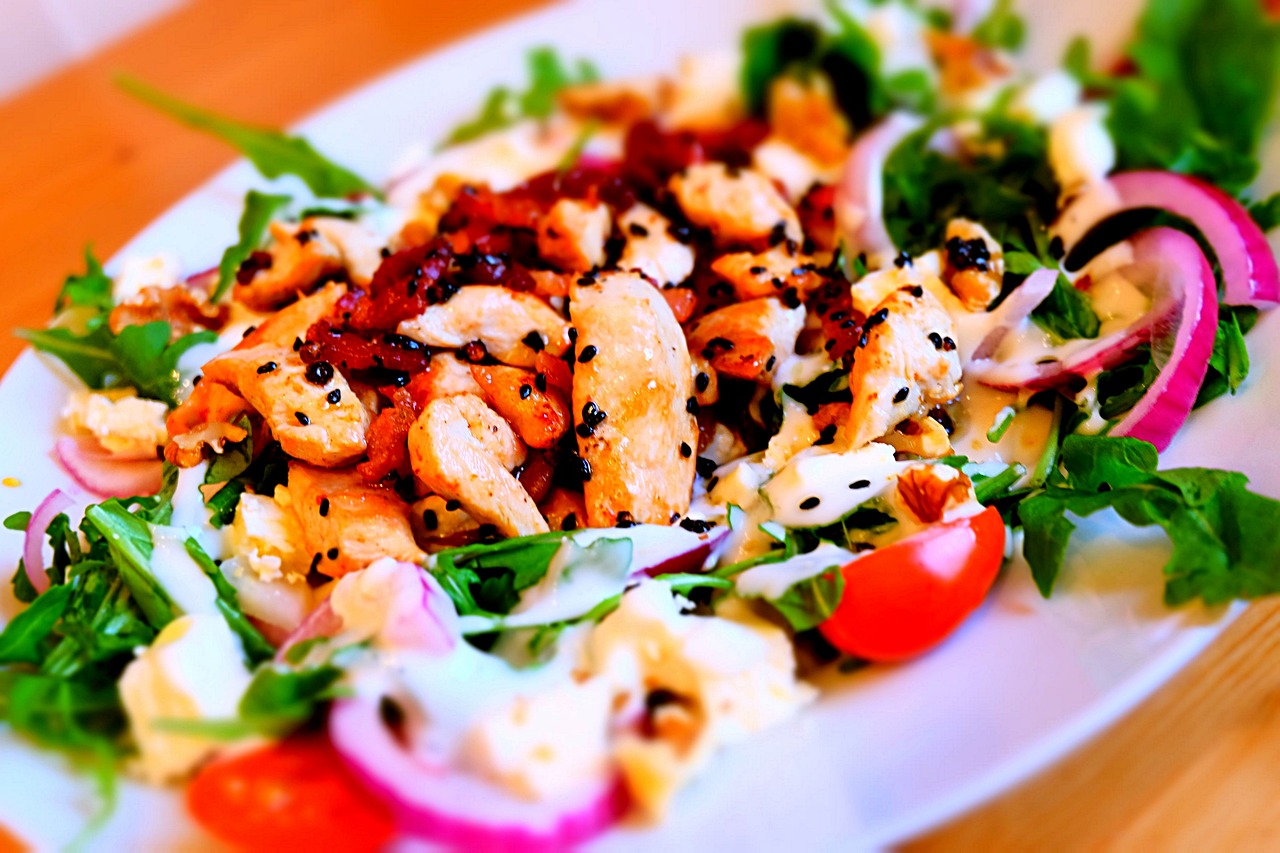Embarking on a weight loss journey can be exhilarating as you envision a healthier, more vibrant you. Yet, along with the excitement often comes the concern of loose skin, an unwelcome sidekick to rapid weight reduction. Your quest to shed pounds doesn’t have to lead you down that path. “Lose Weight Without Loose Skin” is tailored to provide you with essential tips and strategies that can help you maintain a taut and toned complexion as your body transforms. This insightful guide illuminates the ways in which you can support your skin’s elasticity while saying goodbye to unwanted fat, leaving you feeling confident and comfortable in your ever-changing skin.

Understanding Skin Elasticity
The role of collagen and elastin
When you think about your skin’s elasticity, imagine it like a rubber band that returns to its original shape after being stretched. This incredible ability is chiefly due to two main proteins: collagen and elastin. Collagen is the most abundant protein in your skin, lending it structure and firmness. Elastin, on the other hand, is what gives your skin the ability to stretch and bounce back. Together, they are the cornerstones of youthful and resilient skin.
Factors affecting skin elasticity
Several factors can affect your skin’s elasticity. Sun exposure, smoking, dehydration, environmental pollutants, and even your diet play a role in how elastic your skin remains over time. Each of these factors can contribute to the breakdown of collagen and elastin, leading to looser, less resilient skin.
As you age, your body naturally produces less collagen and elastin, which results in the skin becoming thinner and less able to snap back after being stretched. This is why as you grow older, you may notice sagging and wrinkles becoming more apparent. Understanding that age-related changes are a natural process can help set realistic expectations for the look and feel of your skin throughout the different stages of your life.
The Impact of Weight Loss on Your Skin
How rapid weight loss affects skin tightness
If you’ve ever lost a significant amount of weight quickly, you might have noticed your skin sagging. This happens because rapid weight loss doesn’t give your skin enough time to adjust to the new, smaller body shape. When fat is lost quickly, the skin which was stretched over a larger area, suddenly finds itself without support, often leading to excess, loose skin.
The difference between fat loss and muscle loss
When seeking to lose weight, it’s crucial to understand the difference between losing fat and losing muscle. Fat loss is the reduction of fat stored in your body, while muscle loss is a decrease in muscle tissue. Maintaining muscle mass is key to keeping your skin tight, as muscles provide a sort of scaffolding that holds your skin up. That’s why focusing on fat loss while preserving muscle is vital to avoiding loose skin.
Predicting skin sagging post-weight loss
Various factors can help predict how likely you are to have loose skin after weight loss. These include the amount of weight you lose, how quickly you lose it, age, genetics, and even how long you were at a heavier weight. Having a Gradual weight loss plan can mitigate the risk of skin sagging.
Importance of Rate of Weight Loss
Benefits of gradual weight loss
Gradual weight loss has numerous benefits, not just for your skin but for your overall health. It tends to be more sustainable, causes less stress to your body, and gives your skin time to adjust to a smaller size, which can minimize sagging. Additionally, slow weight loss often indicates that you’re losing fat, not muscle, which can help maintain skin tightness.
Setting realistic weight loss goals
Setting realistic weight loss goals can help ensure you lose weight at a reasonable rate. A healthy goal to aim for is losing 1 to 2 pounds per week. This pace allows your body (including your skin) to adjust over time to the changes, reducing the chances of loose skin and enhancing the likelihood of long-term success.
Avoiding fad diets and rapid weight loss programs
Fad diets and rapid weight loss programs might be tempting, but they’re often unhealthy and ineffective in the long term. They can lead to rapid weight loss that your skin cannot keep up with, and they can also promote muscle loss, which might leave you with more sagging skin. Focusing on A balanced, nutritious diet and consistent exercise is the best way to lose weight healthily and maintain skin elasticity.
Nutrition for Skin Elasticity
Essential vitamins and minerals for healthy skin
Your skin needs a variety of vitamins and minerals to stay healthy and elastic. Vitamins A, C, and E are particularly important as they aid in the production of collagen. Minerals like zinc and selenium also play a role in maintaining skin health and integrity. Ensuring you get enough of these can help your skin remain firm.
Foods to boost collagen and elastin production
To boost your body’s production of collagen and elastin, integrate Foods such as bone broth, berries, citrus fruits, nuts, and leafy greens into your diet. Omega-3 fatty acids found in fish and flaxseeds can also help maintain skin’s elasticity. These foods provide the raw materials your body needs to support the structure of your skin.
Hydration and its role in maintaining skin firmness
Staying hydrated is essential for maintaining skin firmness. Water helps keep your skin moist, supple, and resilient. Aim to drink plenty of water throughout the day and include hydrating foods like cucumbers and melons in your diet to support your skin’s elasticity from the inside out.

Incorporating Strength Training
Building muscle to replace lost fat
Strength training is crucial in building muscle to replace any lost fat and prevent skin sagging. By increasing muscle mass, you create a new foundation for your skin to adhere to, which can reduce the appearance of loose skin.
Best strength training exercises for skin tightness
Exercises such as squats, deadlifts, and push-ups can help build muscle across your whole body. By focusing on compound movements that work multiple muscle groups, you can increase muscle tone and improve skin tightness more effectively.
How muscle tone reduces the appearance of loose skin
When your muscles are well-toned, they fill out your skin more, which can make loose skin less noticeable. Toned muscles act as a supportive structure to which your skin can bind, giving you a firmer and smoother appearance.
The Role of Cardiovascular Exercise
Cardio for overall fat loss
Cardiovascular exercise is essential for burning calories and losing fat. By incorporating regular cardio workouts into your routine, you can help accelerate fat loss while maintaining the health of your cardiovascular system.
Balancing cardio with resistance training
It’s important to balance cardio with resistance training to ensure you’re not only losing fat but also building muscle. This balance is crucial for preserving skin tightness as you lose weight, as cardio alone can sometimes lead to muscle loss if not complemented by strength exercises.
The right intensity and duration of cardio workouts
To maximize the benefits of your cardio workouts while protecting your skin’s elasticity, aim for moderate-intensity exercises like brisk walking, cycling, or swimming for 30 to 60 minutes most days of the week. High-intensity interval training (HIIT) can also be effective but should be balanced with adequate rest and recovery.

Skin Care Routines to Enhance Elasticity
Topical treatments that promote skin tightening
Topical treatments containing retinoids, peptides, and hyaluronic acid can promote skin tightening and stimulate collagen production. Regular application of these products can enhance your skin’s firmness and elasticity.
Exfoliation and skin regeneration
Regular exfoliation helps remove dead skin cells and stimulates the regeneration of new skin cells. This process can help your skin appear tighter and more vibrant. Be cautious not to over-exfoliate, as this can damage your skin and reduce elasticity.
The importance of moisturizing
Moisturizing your skin daily is crucial for maintaining its elasticity. Using a moisturizer that is right for your skin type can help keep your skin hydrated, supporting its natural barrier, and enhancing its ability to remain flexible and tight.
Professional Treatments and Procedures
Non-invasive skin tightening options
Non-invasive treatments such as radiofrequency, ultrasound therapy, and laser treatments can tighten the skin without surgery. These methods typically require multiple sessions and may gradually improve skin elasticity over time.
Minimally invasive procedures for skin firmness
Minimally invasive procedures like microneedling and thread lifts can enhance skin firmness with less downtime than surgical options. These treatments should be performed by qualified professionals and often need to be repeated for sustained results.
Understanding the risks and benefits of cosmetic surgery
For those with significant amounts of loose skin, cosmetic surgery may be the most effective option to improve skin appearance. Procedures like tummy tucks, arm lifts, and body contouring can remove excess skin. It’s important to thoroughly understand the risks and benefits, and to consult with a certified plastic surgeon before making a decision.
The Psychological Aspect of Weight Loss and Skin Image
Managing expectations realistically
It’s important to manage your expectations realistically when it comes to weight loss and the condition of your skin post-weight loss. Understanding that the body may not snap back to a “perfect” state can help in accepting and appreciating the body you have worked hard for.
Coping with body image changes
Changes in body image can be challenging to cope with during and after weight loss. Focusing on the positive health benefits of weight loss and the progress you’ve made can help you adapt to your new body image.
Seeking support and guidance
Whether from a mental health professional, a support group, or loved ones, seeking support and guidance can help you navigate changes in body image. Sharing your experiences and feelings can provide a sense of community and understanding, which is invaluable during periods of transition.
Monitoring and Adjusting Your Weight Loss Plan
The importance of regular check-ins and adjustments
Regularly checking in on your progress and making necessary adjustments to your weight loss plan is key to achieving and maintaining your goals. This might include tweaking your diet, altering your exercise regimen, or addressing any skin care concerns that arise.
Using feedback, like skin elasticity, to tailor your approach
Monitor changes in your skin’s elasticity as you lose weight and use this feedback to guide the choices you make regarding nutrition, exercise, and skin care. This attentiveness can help you modify your plan to support both your health and your skin’s well-being.
When to seek professional advice
If you’re concerned about your skin’s elasticity or any other aspect of your health during your weight loss journey, don’t hesitate to seek professional advice. Dietitians, personal trainers, dermatologists, and your primary care physician can provide insights and support tailored to your individual needs.




